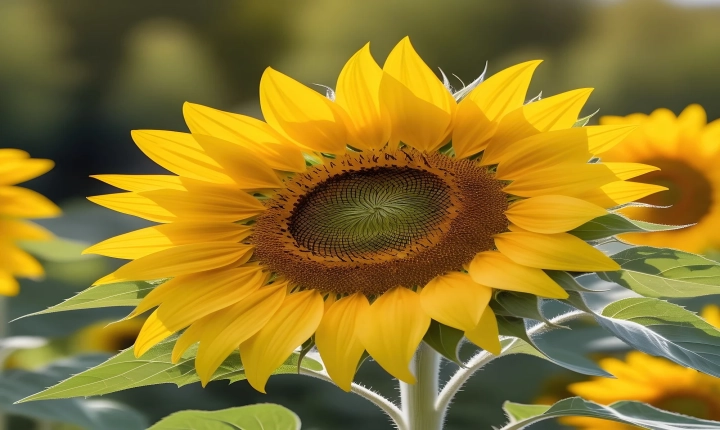Title: Harnessing the Power of AI to Create Stunning Animations
In recent years, advancements in artificial intelligence (AI) have revolutionized the way animations are created. With the help of AI, animators and content creators can now bring characters and scenes to life in ways that were previously unimaginable. From automating mundane tasks to generating lifelike movements, AI has opened up new possibilities for the animation industry. In this article, we will explore how AI is being used to animate, and provide insights into the tools and techniques available to artists and animators.
Automating Inbetweening and Motion Tweaking
One of the most time-consuming aspects of traditional animation is the process of inbetweening, or creating the frames that come between two key poses. With AI-powered tools like deep learning-based inbetweening algorithms, animators can now automate this process, saving countless hours of manual labor. These algorithms analyze existing keyframes and generate realistic inbetween frames, resulting in smoother and more fluid animations.
AI-powered motion tweaking tools also help animators refine and adjust the movements of characters and objects. By analyzing the motion data, these tools can suggest improvements and make adjustments to create more natural and dynamic animations. This not only saves time but also allows animators to focus on the creative aspects of their work.
Facial and Emotion Recognition
AI has also been leveraged to enhance facial animation. Through facial recognition and emotion detection algorithms, animators can now create characters that express a wide range of emotions with remarkable realism. By analyzing facial expressions and movements, AI can generate lifelike animations that convey subtle nuances and emotional depth.
Character and Scene Generation
Advancements in AI have led to the development of tools that can automatically generate characters and scenes. Generative Adversarial Networks (GANs) and other AI models can be trained to produce unique character designs, backgrounds, and landscapes, providing animators with a starting point for their work. This not only accelerates the production process but also sparks creativity by presenting artists with unexpected and imaginative concepts.
Natural Language Processing for Dialogue and Scriptwriting
AI-powered natural language processing (NLP) algorithms have also made significant contributions to the creation of animated content. These algorithms can analyze scripts and dialogue, generating lip-sync animations that match the spoken words. This allows for more efficient creation of animated content, as well as more accurate synchronization of speech and facial movements.
Using AI in Animation: Challenges and Considerations
While the integration of AI in animation has brought substantial benefits, it is not without its challenges. The adoption of AI tools requires a period of adjustment and learning for animators, as they need to familiarize themselves with new workflows and techniques. Additionally, the ethical implications of AI-generated content, copyright issues, and the potential impact on employment in the animation industry are important considerations that need to be addressed.
Looking to the Future
As AI continues to advance at a rapid pace, the future of animation looks promising. The integration of AI into animation pipelines is expected to streamline production processes, empower artists, and push creative boundaries. With the combination of human creativity and AI-driven automation, the potential for awe-inspiring and innovative animated content is limitless.
In conclusion, the use of AI in animation has not only transformed the way animators work but has also raised the bar for the quality and complexity of animated content. As technology continues to evolve, animators and content creators have an exciting opportunity to harness the power of AI and redefine what is possible in the world of animation.
